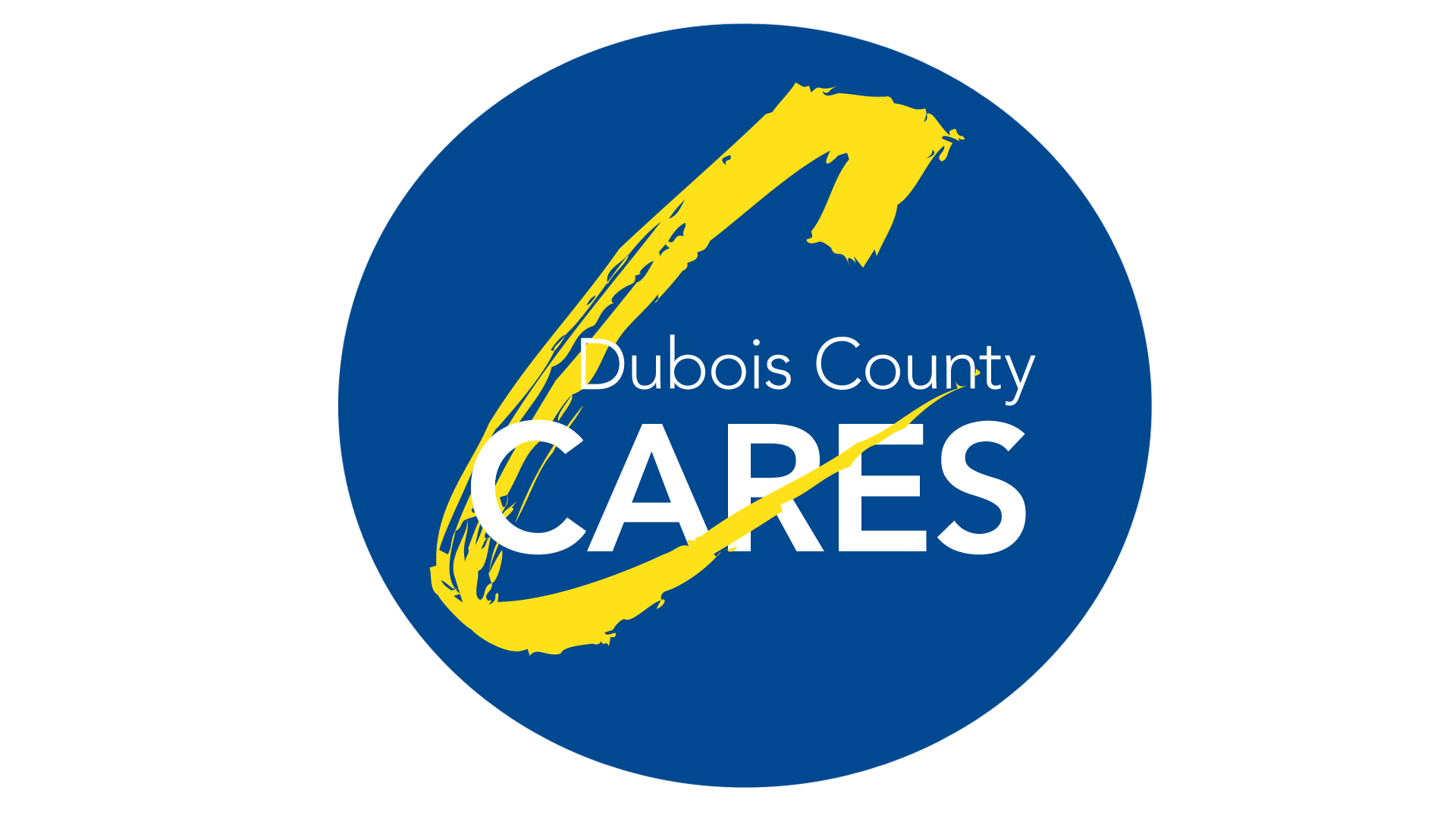With the recent temperature drops across the state, Indiana Conservation Officers are reminding Hoosiers about the dangers of being on frozen water.
It’s important to keep an eye on people who may venture out on neighborhood retention ponds, lakes, and other waterways.
Thousands of Hoosiers safely enjoy fishing, skating, hiking, or just sliding around on frozen ponds and lakes every winter. And each year, officers say people drown after falling through the ice.
Always put safety first and believe the ice is thin unless proven otherwise.
Before standing on or walking on a frozen lake or pond, remember these tips:
- No ice is safe ice
- If you don’t know the thickness of the ice, don’t go on it
- Let a friend or family member know where you are going before venturing out on the ice
- Don’t test the thickness of the ice while alone
- Use an ice auger to check the thickness. At least four inches of ice is recommended for ice fishing, and at least five inches is recommended for snowmobiling
- Wear a life jacket or flotation coat
- Never try to rescue a pet or other animal in distress on ice. Instead, contact your local emergency response personnel who are equipped to make a rescue.
- Avoid flowing water, such as rivers and streams, when they are covered by a layer of ice
- Water that is surrounded by sand may freeze with inconsistencies in the thickness of the ice
- Underground springs, wind, waterfowl, and other animals can also keep areas of ice thin
- Carry ice hooks or rope gear
Snow can also cause dangerous ice conditions and cause it to freeze at slower rates. When snow and rain freeze into ice, it is never as strong as solid, clear ice.
For more safety tips, visit in.gov/dnr/fishwild.




